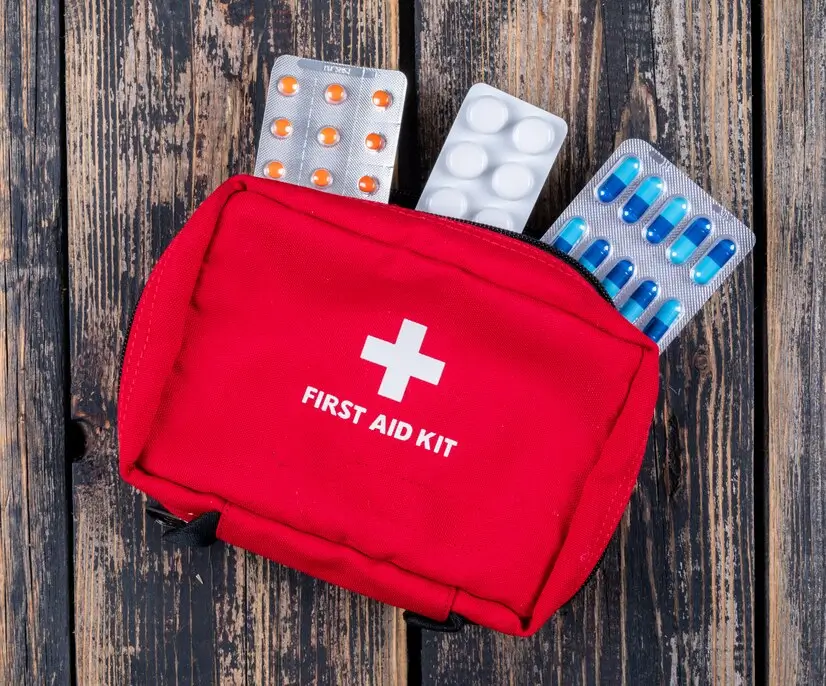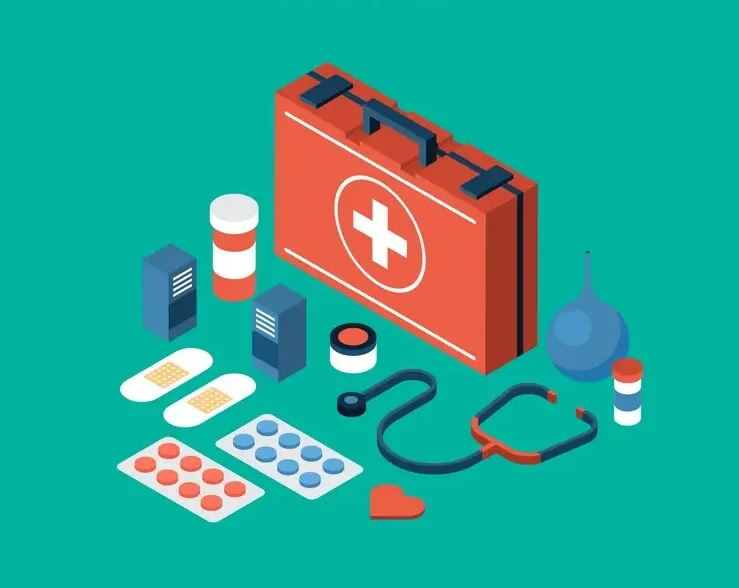
Emergencies involving trauma demand immediate and effective responses to stabilize the injured and prevent complications.
A well-prepared first aid kit is essential for addressing critical needs during such emergencies.
By equipping individuals and professionals with the necessary tools, AIDEL emphasizes the importance of being ready to manage unforeseen situations effectively.

First aid kits are more than just a collection of supplies—they are life saving tools that bridge the gap between injury and professional medical care.
During emergencies, having access to a first aid kit can:
A well-stocked first aid kit allows responders to act swiftly, stabilizing the injured and improving their chances of recovery.
A trauma-specific kit is designed to address severe injuries and life-threatening situations, ensuring that critical supplies are readily available.

The following items are indispensable in a trauma-specific kit:
These tools empower individuals to handle trauma effectively before emergency services arrive.
When it comes to managing trauma, every second counts.
Immediate action can significantly influence survival and recovery outcomes.
The “golden hour” is critical for trauma patients.
Delays can lead to:
Equipping yourself with a first aid kit ensures you are prepared to act swiftly and save lives when it matters most.
While standard first aid kits are great for minor injuries, trauma kits are purpose-built for severe emergencies.

Trauma kits include advanced equipment and supplies such as:
These specialized tools make trauma kits indispensable for handling critical injuries that standard kits cannot address.
Preparedness doesn’t end at stabilization; it extends to fostering confidence and resilience during recovery.
A trauma-specific first aid kit supports recovery by:
Preparedness with the right tools not only saves lives but also contributes to a smoother path to recovery.
Emergencies can happen without warning, and being prepared with a trauma-specific first aid kit is crucial for effective trauma release.
Organizations like AIDEL are committed to ensuring individuals and professionals are equipped with the tools they need to manage emergencies effectively.
Explore AIDEL’s comprehensive range of first aid solutions, including Trauma Bag Supplies, to ensure you’re ready for any situation.
For more information, contact us via Whatsapp today and take the first step toward preparedness and safety.